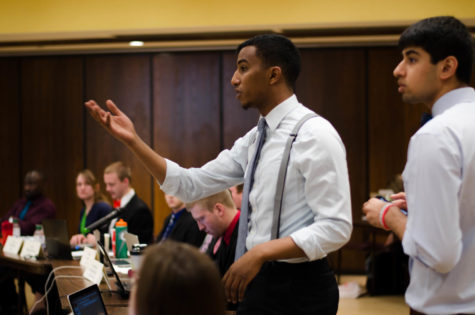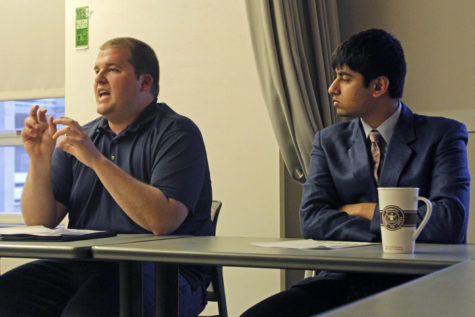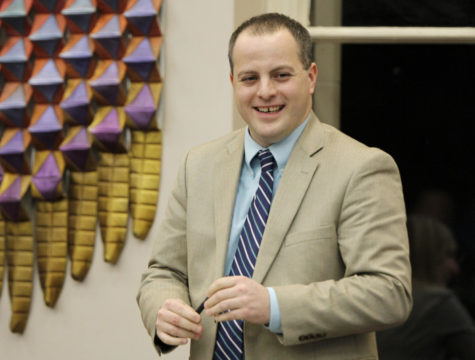Faculty reactions mixed about evaluation site
March 7, 2002
A Web site created for students to rate and review courses and instructors has received mixed reactions from faculty.
The current site is being used as an “interim solution” until a new university evaluation system is created, said T.J. Schneider, director of academic affairs for the Government of the Student Body.
Schneider, senior in management information systems, said he has been working with GSB for two years to change the university’s evaluation system to make it more applicable to students’ needs, including ratings of different teaching styles.
Reviews are currently available for students to see how courses have been rated in past semesters at www.xyst.dhs.org, which will eventually be a GSB-sponsored site.
Schneider said the rating section will be open in April, as students begin completing evaluations in their classes. He said the goal of the site is to see what types of questions students want on their evaluations and what information they feel is valuable in deciding whether to take a certain course.
The current university-issued evaluations provide information solely for faculty use. Schneider said he hopes that, with the site, the committee will identify a set of five or six questions students want on the evaluations.
Questions, such as how accessible a professor was, how well the grading represented the course goals and how effectively the course material was presented, will be applied to the new university-wide evaluations in the next year.
Greg Hogan, sophomore in computer engineering, created the site about a year ago, and contacted GSB in response to a Daily article about modification of the evaluation system.
“I just hope that it helps students get better teachers,” Hogan said. “I hope a lot of people use it because the more people that use it, the more valuable it will be.”
The system will also help faculty learn what improvements can be made in their teaching.
Shu-min Huang, professor and chairman of anthropology, said the Web site has both positive and negative aspects.
“I think it could be useful because students can look at how a teacher teaches a course and if it meets their expectations,” he said.
The negative aspect would be if students abuse it by “shopping for easy classes,” Huang said. He said his department does peer evaluations in addition to student evaluations because it is important for senior faculty to help junior faculty improve teaching.
Huang said each semester, senior faculty sit in on junior faculty members’ courses, or courses of those who haven’t attained tenure, and give them a grade. Then they meet face-to-face to discuss where improvements need to be made.
Peer evaluations also solve the problem of bias from student evaluations, Huang said.
He said students “can be very biased on several grounds.”
For example, he said, whether or not the class is in a big lecture hall and the grade the studentsreceives can both affect how a course gets rated.
Carl Mize, associate professor of forestry, said although his department does not do peer evaluations, he has long thought the university should hire people full-time to sit in on classes and evaluate teachers.
“They would know how to teach,” he said. “They would know the rules.” As a result, he said, they would be able to give the instructors feedback on how to improve.
Mize said he is glad students are interested in developing an evaluation system, but he is not sure what is feasible.
“Students expressing interest in course evaluations should help administration be receptive to exploring ideas,” he said.
Mize also said he is concerned with the Web site rating system being a popularity contest.
“I understand students’ interest in finding out how good a teacher may be,” he said.
However, how a student rates a professor may not reflect how good of a teacher he or she really is, Mize said. He said it has been well-documented that students rate a course better if they get a better grade.
“Students’ reaction is somewhat important but we know they are biased,” he said. “Some students are just happy to get the grade.”
Mize said the best way to do teacher evaluations is to have faculty sit in on other classes.
“A good teacher should use a variety of learning styles,” Mize said.
He said the idea of having evaluations is good, but coming up with the best method using those evaluations is not easy.
“It’s a good concept but difficult to execute,” Mize said. “To evaluate a professor’s performance is really difficult.”









